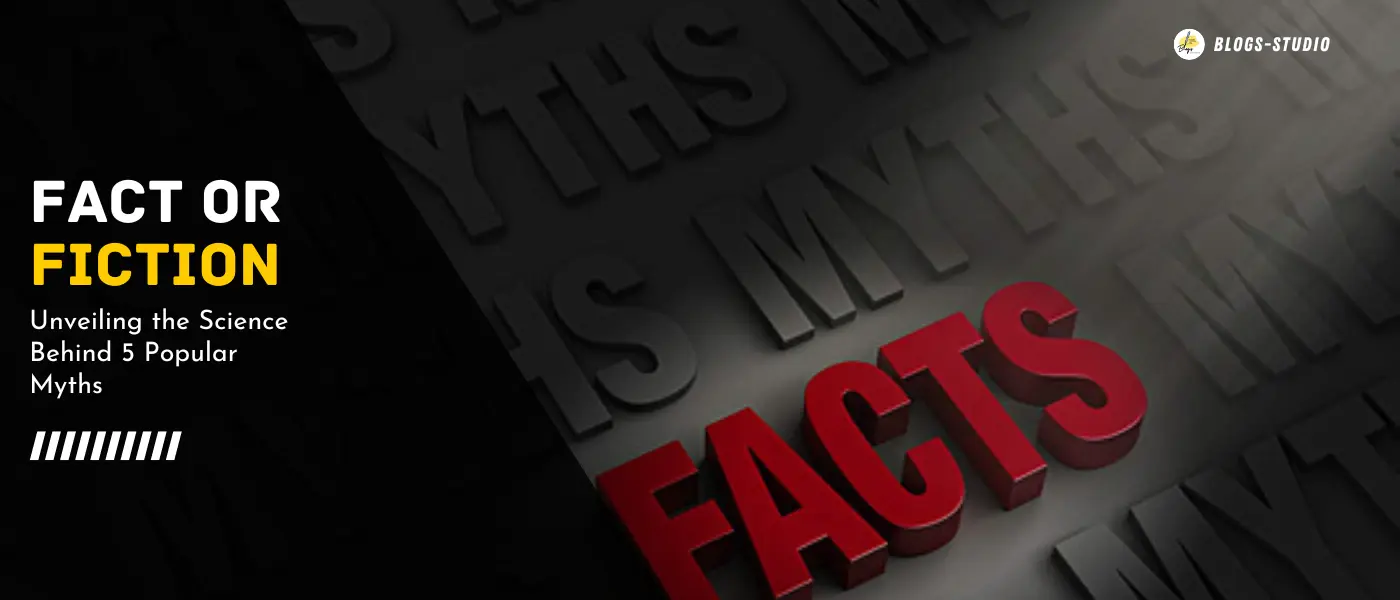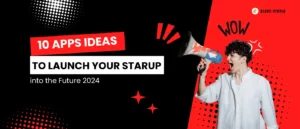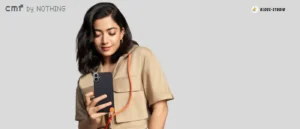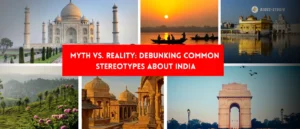Have you ever caught yourself repeating something you heard as a child, only to later wonder if it actually holds any truth? We’ve all been there! Common and Popular myths and misconceptions can become ingrained in our minds, passed down through generations or picked up from the vast corners of the internet. But fear not, curious minds! Today, we’re putting on our lab coats and grabbing our microscopes to embark on a thrilling journey through the world of science. We’ll be dissecting 5 popular Myths and separating fact from fiction with the power of knowledge!
Myth #1: Cracking Your Knuckles Leads to Arthritis – A Crunchy Misconception
This myth might have caused a few childhood panic attacks, with visions of stiff, achy joints plaguing our futures. Thankfully, science offers a sigh of relief. The popping sound you hear when you crack your knuckles is caused by gas bubbles bursting in the synovial fluid surrounding your joints.
While the sound might be slightly unsettling, there’s no concrete scientific evidence to suggest it directly leads to arthritis. However, excessive knuckle cracking might irritate the surrounding tissues, so it’s best to avoid making it a nervous habit.
Myth #2: Sugar Makes Kids Hyper – A Sweet, But Inaccurate Notion
This one’s a bit more complex and deserves a closer look. We’ve all seen the stereotypical sugar rush depicted in cartoons, with kids bouncing off the walls after a birthday cake frenzy. However, there isn’t strong scientific evidence to directly link sugar intake to hyperactivity in all children.
It’s important to remember that everyone reacts differently to sugar. Some kids might be more sensitive to its effects than others. Additionally, the type of sugar matters. A sugary drink might have a more noticeable impact on energy levels compared to a piece of fruit with natural sugars.
Myth #3: Reading in Dim Light Damages Your Eyes – A Shadowy Misconception
Many of us grew up with the stern warning to avoid reading in dim light, fearing it would permanently harm our precious eyesight. Here’s the good news: reading in low light won’t cause permanent damage to your eyes. However, straining your eyes in any situation, regardless of lighting, can lead to temporary eye fatigue.
This can manifest as headaches, blurry vision, and burning eyes. So, the key takeaway is to ensure good lighting for extended reading sessions, whether it’s natural light from a window or a well-placed desk lamp.
Myth #4: Shaving Makes Your Hair Grow Back Thicker and Darker – A Stubbly Misunderstanding
This myth has been around for generations, often used as a deterrent against shaving for young teenagers. But the truth is, the thickness and color of your hair are predetermined by your genes, not the act of shaving.
Shaving simply removes the existing hair at the surface of the skin. The new hair growth might feel stubbly at first, but it won’t magically become thicker or darker than it was before.
Myth #5: We Lose Most Body Heat Through Our Heads – A Chilly Misconception
This one might come as a surprise! Contrary to popular belief, you don’t actually lose most of your body heat through your head. In fact, most exposed skin loses heat fairly evenly. So, while wearing a hat on a chilly day is a good idea to keep your head warm, it won’t make a significant difference in your overall heat loss. The bigger heat-loss culprits are your hands, feet, and any other exposed areas.
The Takeaway: Embrace Curiosity and Question the Unknown!
Myths can be a fascinating part of our cultural fabric, sometimes even inspiring creativity and storytelling. However, it’s always good to approach them with a healthy dose of skepticism and a thirst for knowledge. By exploring the science behind these 5 Popular and common Myth or misconceptions, we can replace misinformation with fascinating facts and avoid perpetuating myths for future generations.
Also Read – Does Sugar Really Make Kids Hyper? Busting the Myth





